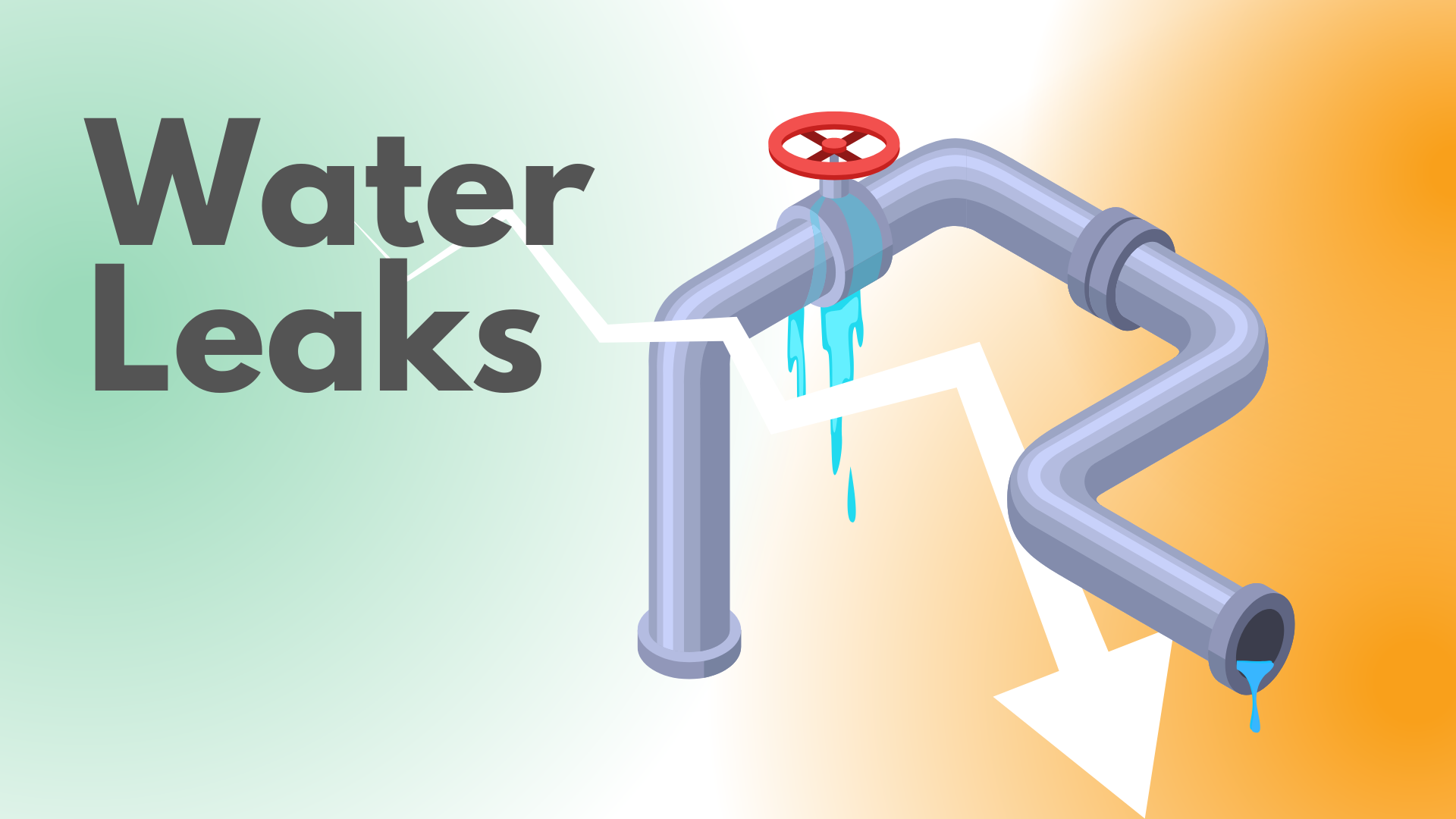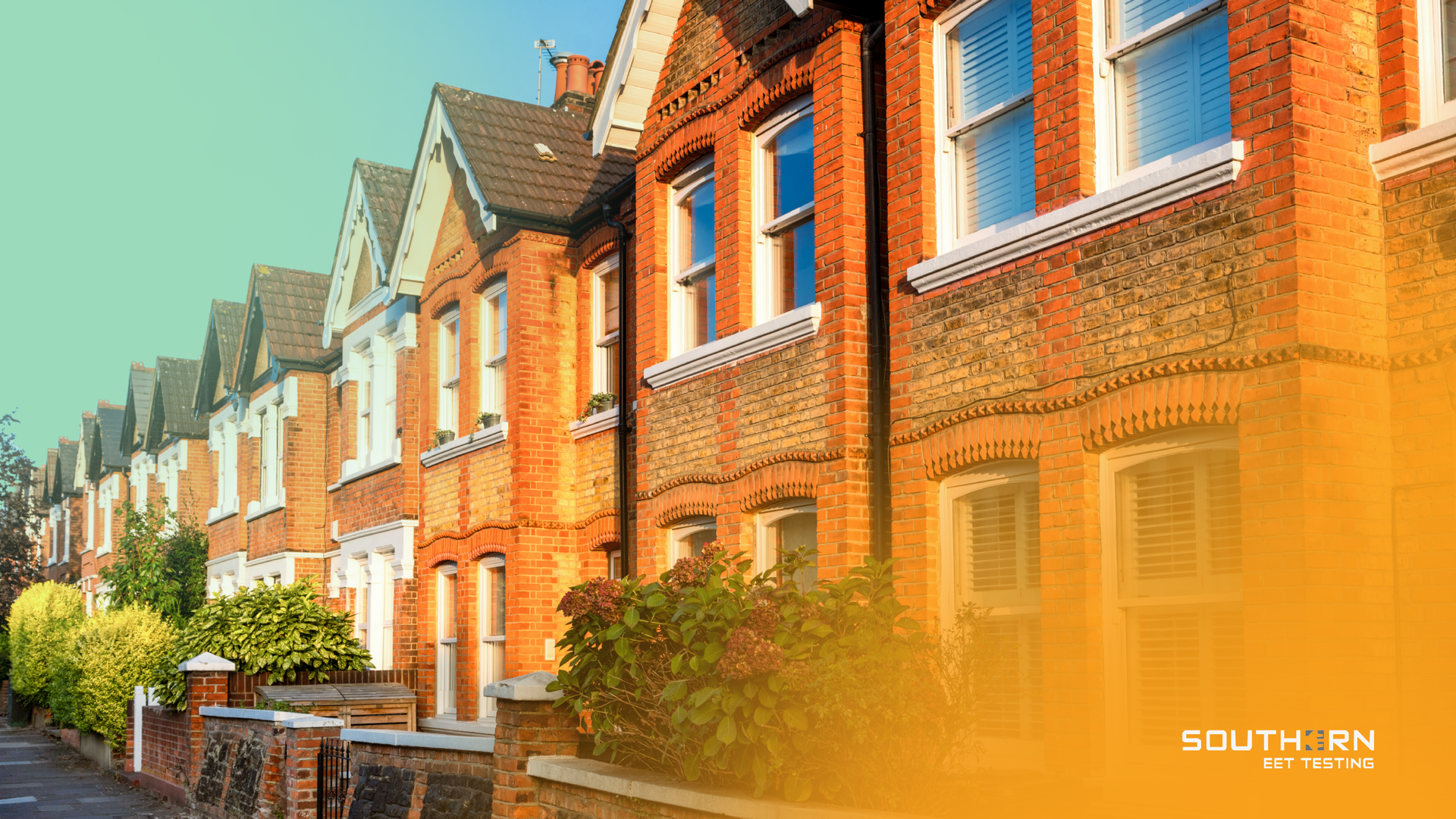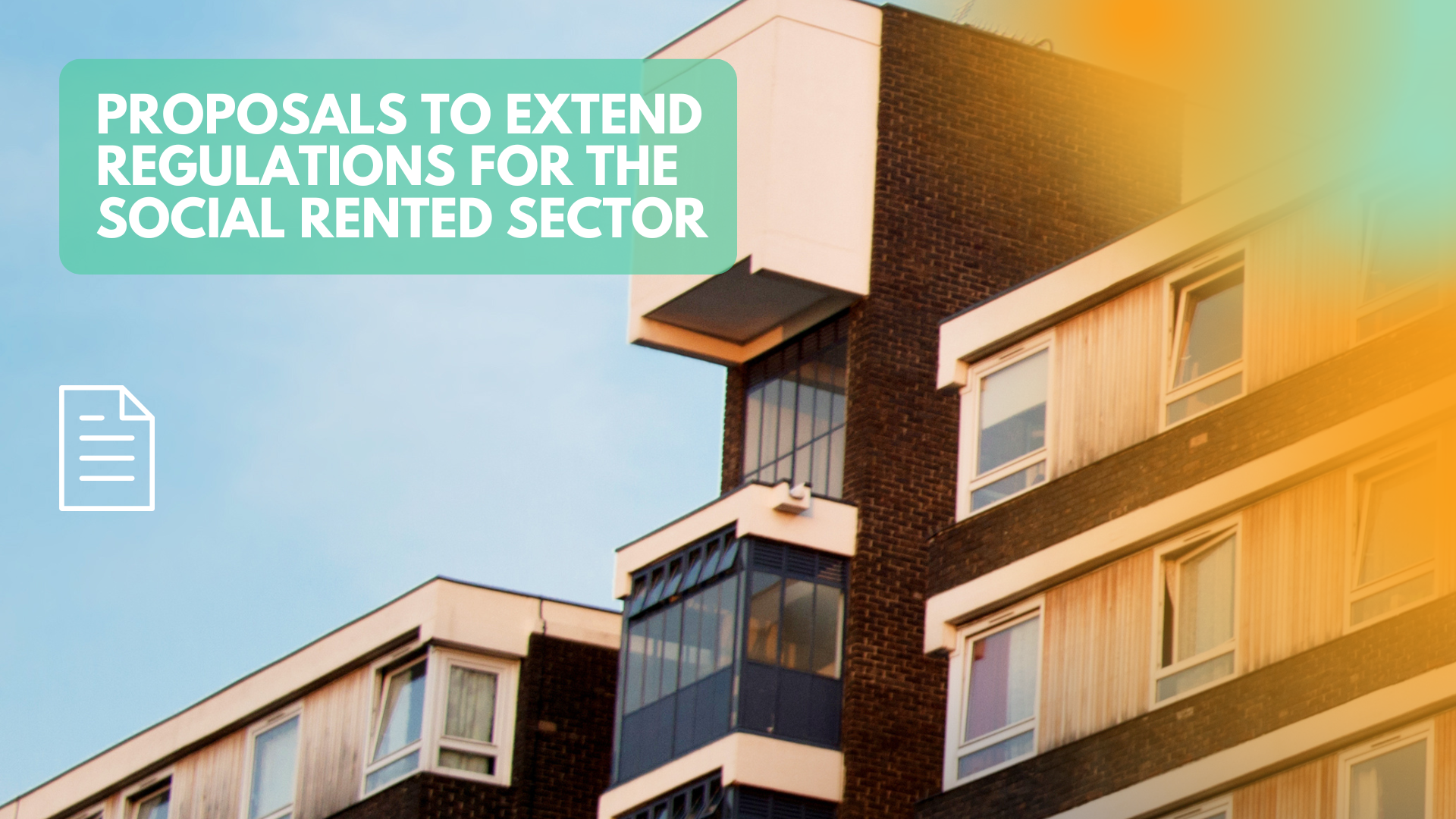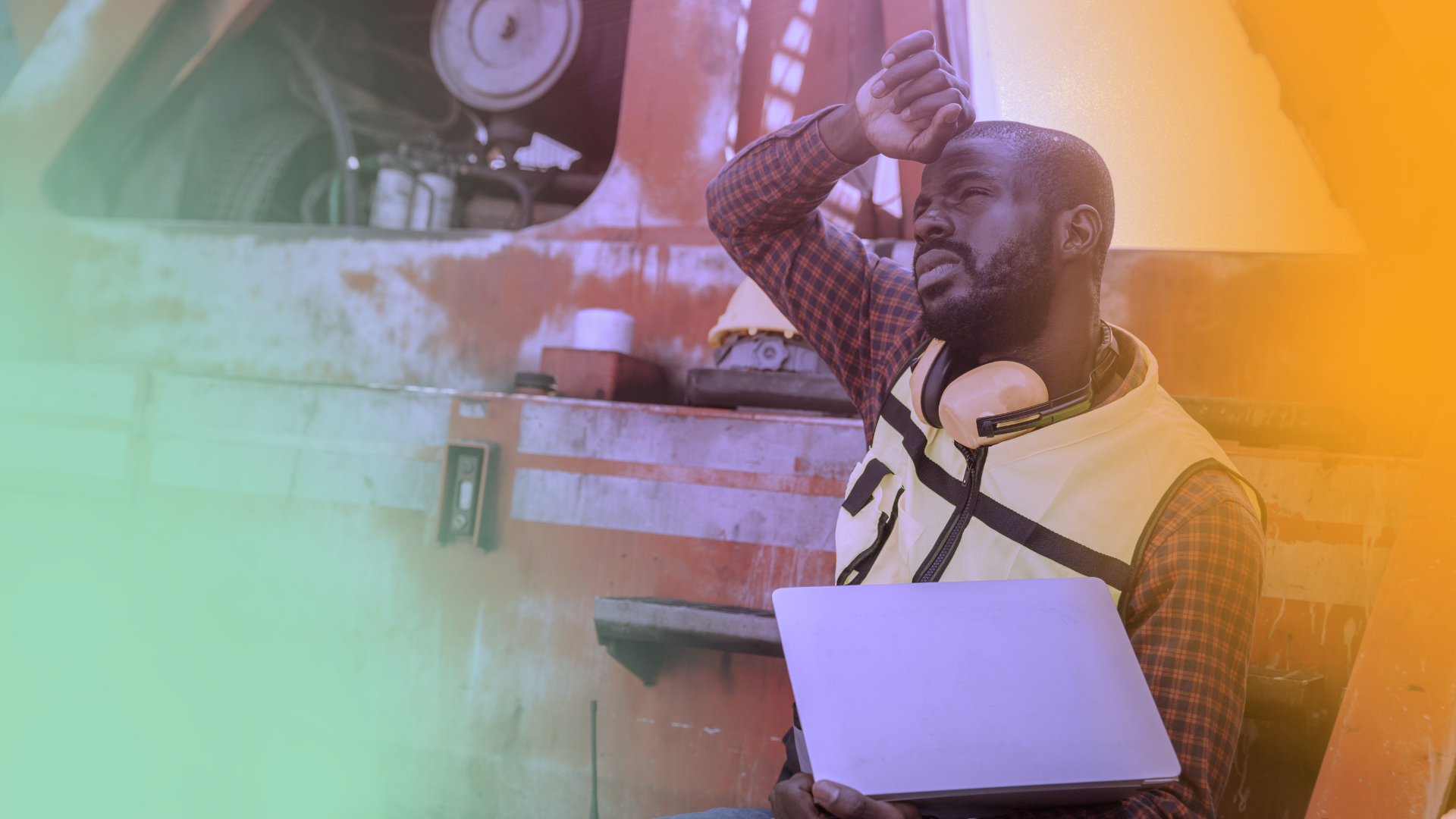Hidden Costs: How Water Leaks Impact UK Businesses
It's only a leaky tap, right?

Water leaks might seem insignificant, but they pose a hidden and often costly risk for UK businesses. From dripping taps to undetected underground leaks, these issues can silently escalate, leading to substantial increases in utility bills and even structural damage. For businesses striving to minimize costs and operate sustainably, understanding the impact of water leaks and taking proactive measures is crucial. In this post, we delve into the financial implications of leaks and explore how businesses can efficiently manage their water usage to reduce costs and environmental impact.
Leaking Toilets
On average, a leaking toilet can waste between 200 and 400 litres of water daily. This translates to an approximate annual cost of £300-£400 if left undetected. Modern toilets with hidden overflow systems are often the culprits, making these leaks hard to spot until they accumulate significant costs (WaterSafe) (Southern Water).
Dripping Taps
A single dripping tap can waste around 5,500 litres of water annually, costing businesses approximately £70-£100 per year, depending on water rates and usage (Catalyst).
Undetected Pipe Leaks
Leaks from internal or underground pipes can result in significant water loss, costing UK businesses up to £3,000 per year based on the severity and the time taken for detection(Severn Trent Water).
Overall Water Bill Impact: Businesses can see up to a 30% increase in water bills due to undetected leaks, particularly in larger facilities with complex plumbing systems(Catalyst).
At Southern EET Testing, we carry out plumbing and maintenance as part of our FM services.











